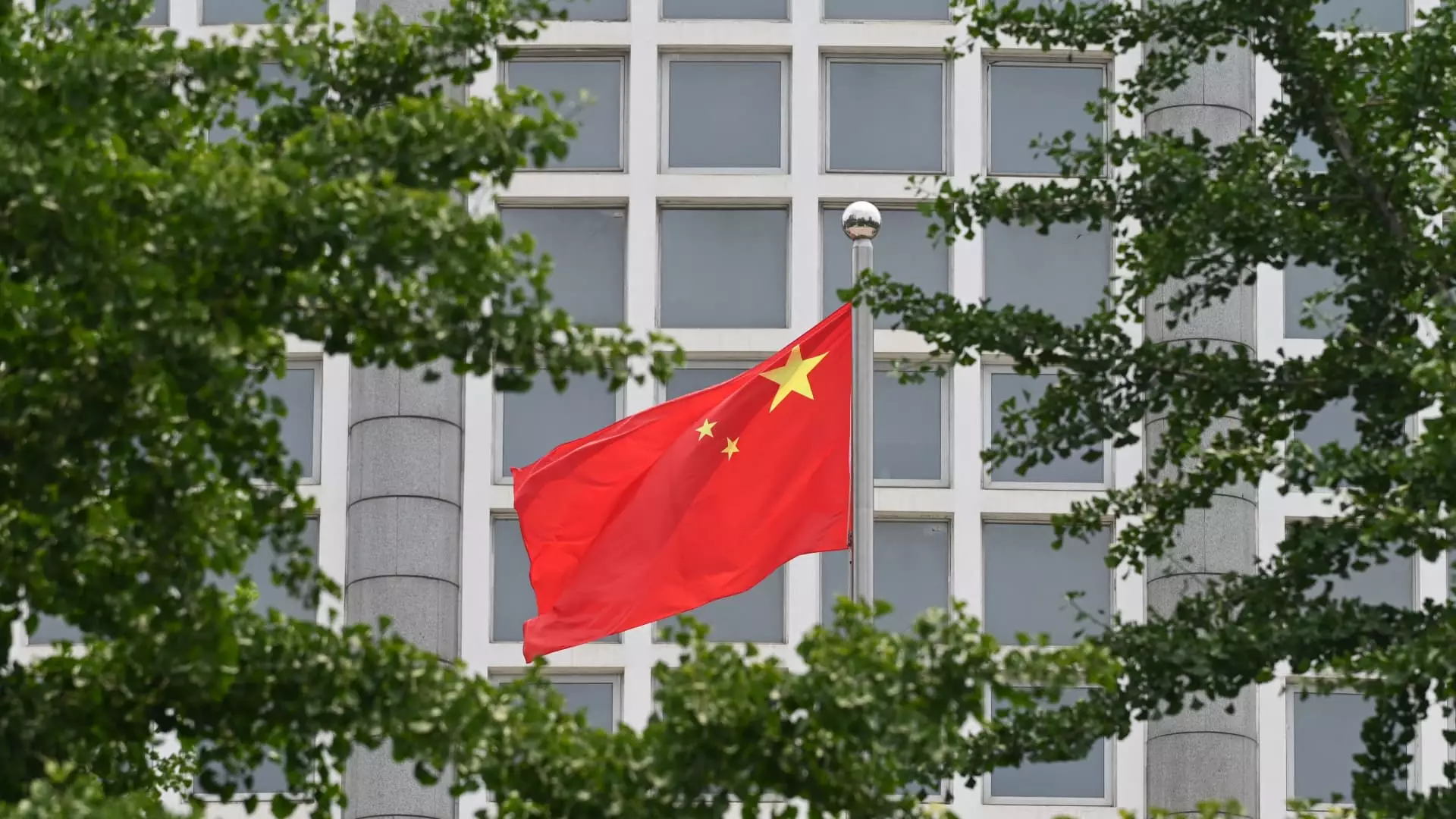Zheng Shanjie, the chairman of China’s National Development and Reform Commission (NDRC), took center stage earlier this week during a much-anticipated press conference. With the economy showing signs of strain and amidst rising global economic pressures, Zheng’s remarks were intended to instill confidence among investors and stakeholders. However, he fell short of unveiling transformative stimulus packages that many had hoped for. This stark contrast between expectation and reality served only to undercut investor enthusiasm, provoking a noticeable dip in the rally churning through the mainland Chinese markets.
The NDRC led by Zheng revealed plans to expedite the issuance of special purpose bonds allocated to local governments, aiming to stimulate growth at the provincial level. This initiative, while crucial, lacks the sweeping impact of broader national stimulus measures that many analysts believe are necessary to address the profound challenges confronting China’s economy. Zheng announced that 1 trillion yuan worth of ultra-long special sovereign bonds have been utilized to fund local projects and hinted that further issuances would occur next year. While these actions may provide temporary relief, they raise concerns regarding the sustainability and effectiveness of such piecemeal measures when confronted with systemic issues.
The context for Zheng’s statements is critical. As the Chinese markets reopened following the Golden Week holiday, there were initial signs of optimism, with major indexes such as the Shanghai Composite Index, CSI 300, and SZSE Component Index surging dramatically. However, this surge reflects a volatile environment laden with uncertainty about long-term growth prospects. Economic indicators point to a troubling reality: despite achieving a 5% growth rate in the first half of 2023, the country faced a slowdown with a GDP growth of only 4.7% in the subsequent quarter— marking its lowest growth in two quarters.
Further compounding these challenges, the most recent consumer price index indicated a muted annual rise of 0.6% in August, falling short of expectations. Additionally, key indicators of manufacturing health displayed persistent contraction; the official Purchasing Managers’ Index (PMI) recorded a worrying 49.8, signaling continued challenges in factory activity. In similar fashion, the alternative Caixin PMI offered an even grimmer outlook with a reading of 49.3, marking one of the slowest contractions in months. Such metrics lay bare the true difficulties lurking beneath the surface of the reported growth figures and underscore the need for robust policy responses.
It’s evident that the Chinese government is at a crossroads, grappling with a complicated economic landscape shaped by the aftereffects of COVID-19 and an ongoing property downturn. The juxtaposition of Zheng’s ambitious goals and the complexities of implementation highlights a crucial flaw in China’s economic strategy: the reliance on fiscal measures without addressing structural reforms deemed necessary for sustainable growth. Analysts and economists have long called for a more cohesive and comprehensive approach, entailing an alignment of fiscal, monetary, and regional policies conducive to revitalizing the economy holistically.
As China’s top leaders work to instill confidence among investors, they must recognize that merely pledging further spending or issuing bonds does not tackle the root causes of stagnant domestic demand or the deep-seated issues plaguing the real estate sector. In an era characterized by market volatility, innovative strategies are essential not only to stimulate growth but to build a robust framework capable of weathering upcoming challenges.
While favorable headlines regarding the issuance of bonds and sectoral initiatives can initially uplift market spirits, they are unlikely to yield lasting impact without a fundamental reevaluation of China’s economic framework. Zheng Shanjie’s press conference is a reminder that the path to recovery is fraught with complexities, and stakeholders must remain vigilant as they navigate the labyrinthine challenges ahead. A focused approach towards structural adjustments remains imperative if China is to not only meet but exceed its economic aspirations in the unfolding chapters of a post-COVID world.

